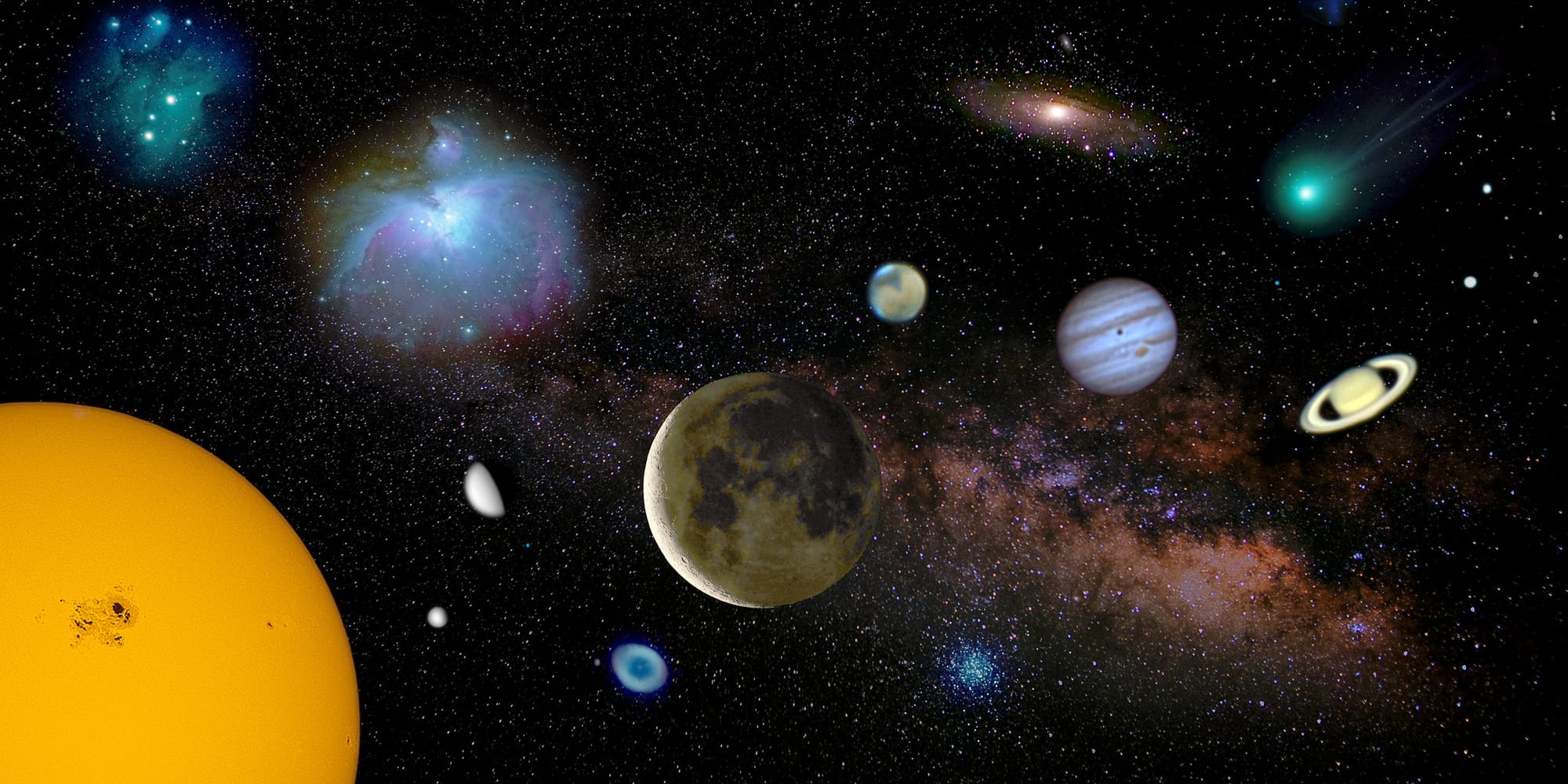How One Astronomer Uses Art to Understand Science

This article is part of a collaboration with iQ by Intel.
Lucianne Walkowicz is about to ride her bike 300 miles to convince people that science is approachable and creative. People don’t ride their bikes 300 miles unless they really want to, so you know Walkowicz is on a mission. In her words, the goal is to “democratize science.”
Walkowicz is an astronomer at Chicago’s Adler Planetarium. This means she spends half her time doing research and half the time on the floor of the museum with a sign that reads “I’m an astronomer, ask me anything!”
“Science is very much something we do as humans, in the same way that we make art.”
While traveling and camping earlier this summer, Walkowicz found herself wishing she’d had that sign. The idea was to engage people in little towns wherever she stopped, but it sparked an even bigger idea.
“I was like, yeah, but what if I did that for hundreds of miles?”
So Walkowicz created the Galaxy Ride, a 300-mile, weeklong bike ride that travels between Chicago and St. Louis in roughly 50-mile increments. Stops along the way are mapped out logarithmically to represent different landmarks in the Milky Way— whether that’s “the moon, the nearest stars, or the black hole in the center of our galaxy,” Walkowicz explained.

Image via Rob Pettengill.
On one level, this is a practical and simple way to understand the sometimes overwhelming concept of cosmic distance. If a person learns that the Moon is 238,900 miles from Earth, for example, that number probably doesn’t stick with her. In her mind, the exact figure translates to something like “a long way from Earth.”
But if a person rides her bicycle from Chicago to a nearby town and learns the distance is “how far the Moon is from Earth,” before traveling several miles further to cover the distance to Mars (140 million miles from Earth), she might start to get the idea.
But Walkowicz isn’t interested in getting people to memorize figures.
This link between science and creativity is too often overlooked.
“My main goal,” she said, “is not so much that people learn about cosmic distance as they feel welcomed and invited into the idea of exploring space and our place in the universe. A lot of the stops “aren’t very well served by the local cultural institutions,” which leads to people thinking of science as “some sort of esoteric thing that they don’t really have any part in.”
Walkowicz sees it differently. “Science is very much something we do as humans, in the same way that we make art. It should feel just as accessible to people.” She further pointed out that “Science involves a lot of imagining. A lot of what we imagine other worlds to be like is based on playing around with the info we do have and using our imaginations.”

Image via Khánh Hmoong.
This link between science and creativity is too often overlooked. Science is analytical and concrete; art is passionate and abstract. These are definitions we ingrain in children throughout their education, teaching the two as dichotomies rather than counterparts.
“Speaking as someone who is an artist and scientist, there’s a tremendous amount of completely unwarranted pressure to categorize yourself at an early age,” Walkowicz said, noting that “science kids” are funnelled down even narrower chutes rather than welcomed to expand as they grow up. Sure, you’re a science kid: but are you a physics kid or a chemistry kid? “A lot of my career has been about resisting these pressures, whether it’s in school or professionally.”
Sure, you’re a science kid: but are you a physics kid or a chemistry kid?
As Walkowicz has witnessed first hand, we do both our future artists and scientists—not to mention the public at large— an enormous disservice by dividing science from creativity. The impulse to map a galaxy and the instinct to write poetry come from that same searching, restless place within a person. Yet while we teach art as an instinctual and sensorial experience, we ignore the imagination it takes to understand our universe’s wonders and mysteries.
Walkowicz is determined to ride her bike 300 miles not only to help make science feel more tangible for people, but to show how many different ways there are of thinking about numbers on a page and the galaxy’s sometimes inconceivable hugeness.
“You know,” she said, “not all of my colleagues understand my need to make art. I’m sure some of them think I’m wasting my time. But I know I’m not.”
Header image via Joe Parks.



